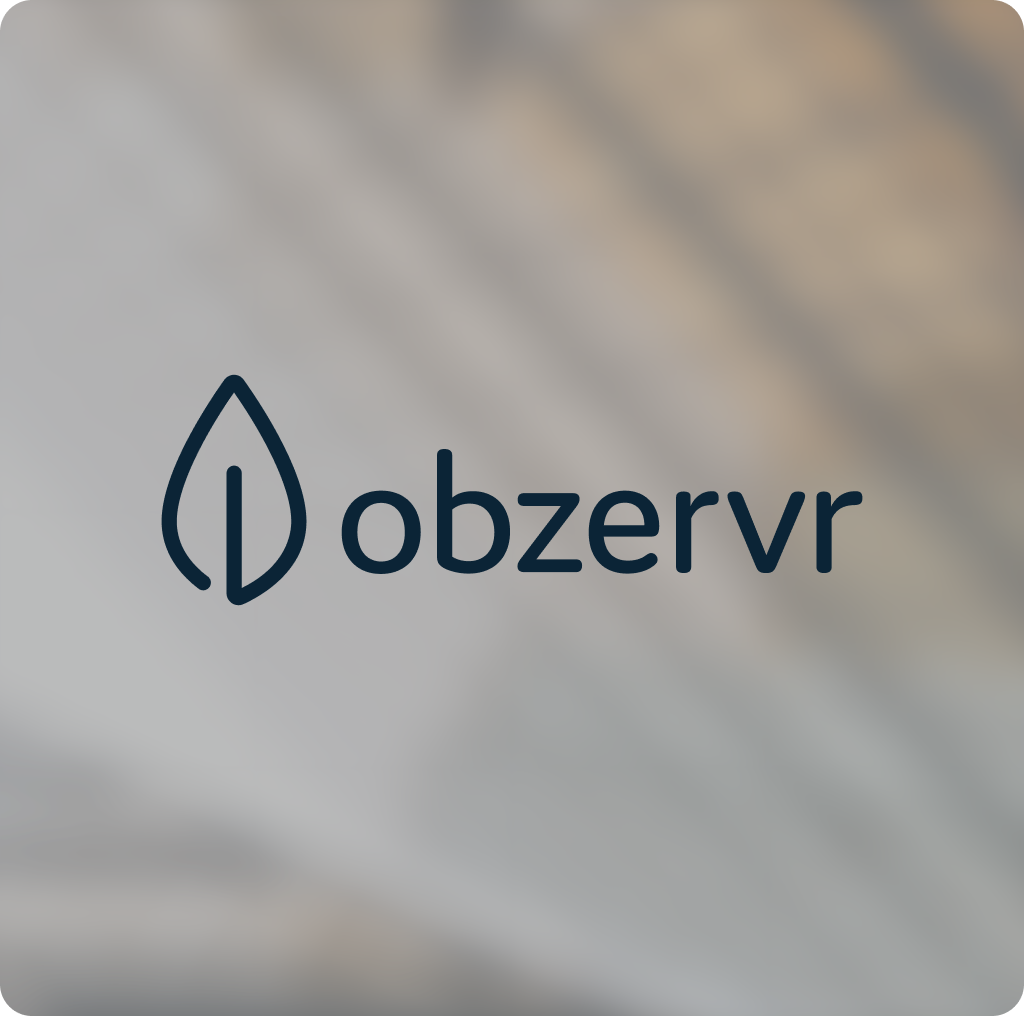When companies begin thinking about integration, they rarely imagine a grand architectural plan. Instead, it usually starts with something far more human, far more immediate. A team somewhere needs two systems to talk to each other. Maybe support works in ServiceNow while development lives in Jira, and they’re tired of copying updates by hand. Maybe an old legacy system stores customer data, and a new CRM needs access to it. Or a marketing manager wants an email marketing tool to update an e-commerce platform in real time.
So someone says the sentence that has started tens of thousands of integration projects worldwide:
“Can we just connect these two systems?”
This is where point-to-point integration comes to life. It doesn’t try to solve enterprise-wide orchestration or eliminate data silos or redesign the entire integration architecture. It simply creates a direct connection—a quiet thread between two systems that need to exchange data.
And for a long time, that’s enough.
What Point-to-Point Really Feels Like Inside an Organization
A point-to-point or p2p integration is the most straightforward relationship in the integration world: two systems, one link, and a predictable data flow moving back and forth. There’s no central hub, no orchestration layer, no complex middleware.
Just two systems involved, sharing information through application programming interfaces, webhooks, or even the occasional piece of custom code written by an overworked engineer who promised it would be “temporary.”
The beauty of it is in its clarity. A single thread. A single purpose. A connection so direct that when someone updates a field in one system, the other knows.
For organizations working with only a few applications, this feels ideal. You don’t need a whole integration platform to sync Jira with a CRM system or to let your support desk pass incidents to engineering. As long as the number of connected systems is low, p2p feels elegant—almost invisible.
It’s the closest thing to seamless data exchange without designing a full integration strategy.
When API Integration Isn’t the Same as P2P
People often assume API integration and point-to-point integration are synonyms. They aren’t.
APIs are just the method—how systems expose and receive data. They power everything from p2p links to hub and spoke setups to massive enterprise service bus deployments.
Point-to-point, on the other hand, is an integration method built on top of API calls. It is the choice to connect two systems directly, without any intermediary systems shaping the communication. APIs are the vehicle. P2P is the road you build.
Most early integrations take this road because it offers minimal setup and quick implementation, especially when dealing with a few applications that only need to share data in small, predictable ways.
A Simple Story: How a P2P Integration Works in Real Life
Imagine a customer success manager opening a ticket in ServiceNow. She assigns it, tags a few fields, adds some context, and marks the customer as awaiting response.
Somewhere else in the company, developers in Jira never see that ticket unless someone physically sends it to them. So the team asks for an integration—“just a simple one.”
A p2p connection is created.
Now, each new ServiceNow incident quietly appears in Jira.
The fields match through predefined data mappings. The developer sees attachments and comments. A change in one system immediately reflects in the other.
No one has to check whether the integration process is running. There’s no scripting to maintain, no dashboard to monitor unless you want one.
And most importantly, there is no friction between teams anymore.
This is the type of direct synchronization Getint has delivered thousands of times—simple where it needs to be, but built on top of security measures and reliability strong enough for enterprise use.
Where Point-to-Point Begins to Break Down
P2P integration is wonderful when you only connect two systems. Even connecting three is manageable. But organizations rarely stay that small. As the business grows, the number of systems—and the number of required integrations between them—multiplies.
That’s when the quiet beauty of p2p begins turning into something else: a network of multiple direct connections forming the infamous “spaghetti architecture.”
Suddenly, a small update on one system affects five integrations.
A new tool added to the stack requires five separate scripts, because the integration architecture has no central intelligence.
Troubleshooting becomes time consuming, because breaking a single link might break a workflow you didn’t even know depended on it.
Security teams begin warning about the number of attack surfaces created by unmanaged point-to-point links, each potentially exposing data vulnerabilities or creating risks of data breaches.
This is usually the moment when people start looking at hub and spoke integration, or even larger enterprise service bus solutions. The centralized approach offers the structure that sprawling point-to-point connections lack—governance, visibility, and centralized control.
But moving to that model isn’t always necessary or immediate. Many companies stay in the grey zone for years—too complex for pure p2p, but not ready for a full ESB.
Point-to-Point vs ESB: Two Philosophies in Motion
Comparing p2p to an enterprise service bus is like comparing a direct conversation with a command center.
Point-to-point feels human. It’s two systems speaking plainly to each other, exchanging precisely the data they need.
An ESB, in contrast, structures communication for the whole organization. It standardizes data transformation, defines how different systems interact, and offers a reliable way to integrate multiple systems without chaos.
Yet ESBs are heavy. They require planning, governance, and often more technical expertise than small teams can spare.
Point-to-point is light. You plug it in, it works, and you can move on.
Both have a place. But it’s important to recognize the limitations of p2p before you build too much weight on top of it.
Why Companies Still Choose P2P (And Always Will)
Even the most sophisticated enterprises rely on point-to-point integration—because it solves real issues in real time.
Sometimes you don’t need an entire orchestration platform. You just need two systems to connect.
Sometimes you don’t need a central hub; you need a direct link.
Sometimes you don’t have six months to architect a solution; you need something live next week.
And sometimes, the best tool is the simplest one.
Point-to-point integration remains the default answer when:
- you have a new system to introduce and want to test its value before deeper rollout
- a single pair of teams needs a workflow that won’t expand much
- you want to avoid the overhead of ESBs or complex middleware
- you need to sync disparate systems quickly without rebuilding internal processes
In fact, some of the world's biggest companies rely on dozens of p2p links for very stable, long-term use cases—especially when each link is backed by a modern, reliable platform.

How Getint Modernizes the Classic Point-to-Point Approach
At Getint, we’ve watched companies struggle with the downsides of traditional p2p setups: custom code that only one engineer understands, brittle scripts, lack of oversight, or integrations that collapse as soon as a system changes an endpoint.
Our goal became clear:
Create a modern, secure, flexible version of point-to-point integration that keeps everything people love about p2p—its simplicity, speed, and directness—while removing the pain points.
That’s why Getint focuses on delivering:
- robust, configurable, no-code p2p connections
- pre built connectors for Jira, ServiceNow, Salesforce, Azure DevOps, GitHub, GitLab, and others
- strong security measures backed by ISO and SOC 2 certifications
- monitoring that helps organizations provide insights and maintain data accuracy
- architecture that supports both one-off integrations and complex workflows
- the option to grow toward more comprehensive models without abandoning the simplicity of p2p
By keeping the foundation clean, teams can avoid the chaotic tangle that usually forces companies into far heavier integration paradigms.
A Real-World Example: ServiceNow and Jira
Consider a company where the support organization works inside ServiceNow, while the development teams operate entirely in Jira.
Every incident that requires engineering attention must travel between the two systems. Historically, this meant manual copying, email chains, or a fragile custom script written years ago—and maintained by no one.
With a modern point-to-point integration, a ServiceNow incident becomes a Jira issue automatically.
Key fields move through carefully designed data mappings; attachments, comments, and updates synchronize both ways; and both systems maintain data accuracy without manual intervention.
There’s no central hub, no orchestration engine—just a clean, direct connection that behaves predictably, scales with volume, and eliminates the constant back-and-forth between teams.
This is the essence of Getint’s approach to p2p integration: simple where it should be, but stable and secure enough for enterprise environments.
The Cost of Staying Point-to-Point Forever
While point-to-point is a powerful tool, staying in the p2p world forever has consequences.
At some point, the number of connections grows too large. The integration solutions stop serving the organization; they start owning it.
Teams can no longer tell which integrations are failing or why.
Integration efforts become so fragmented that no single person can maintain the full picture.
This is usually when a company begins thinking about ESBs, hub and spoke integration, or other centralized models.
But that transition is much easier when your point-to-point foundation is stable, standardized, and secure.
And that is exactly the space where Getint thrives.
Closing Thoughts: The Quiet Backbone of Every Integration Journey
Point-to-point integration is often dismissed as something primitive or outdated, but that misses its true nature. It’s the first bridge most companies build between their tools. It’s the lighter alternative to architectures that are too heavy for the problem at hand. And it’s the method that still powers countless mission-critical workflows around the world.
Behind every large integration landscape, there is always a first p2p link—simple, clear, and purposeful.
At Getint, we build these connections with the care they deserve, ensuring they not only work today but remain stable, secure, and adaptable as your organization grows.























